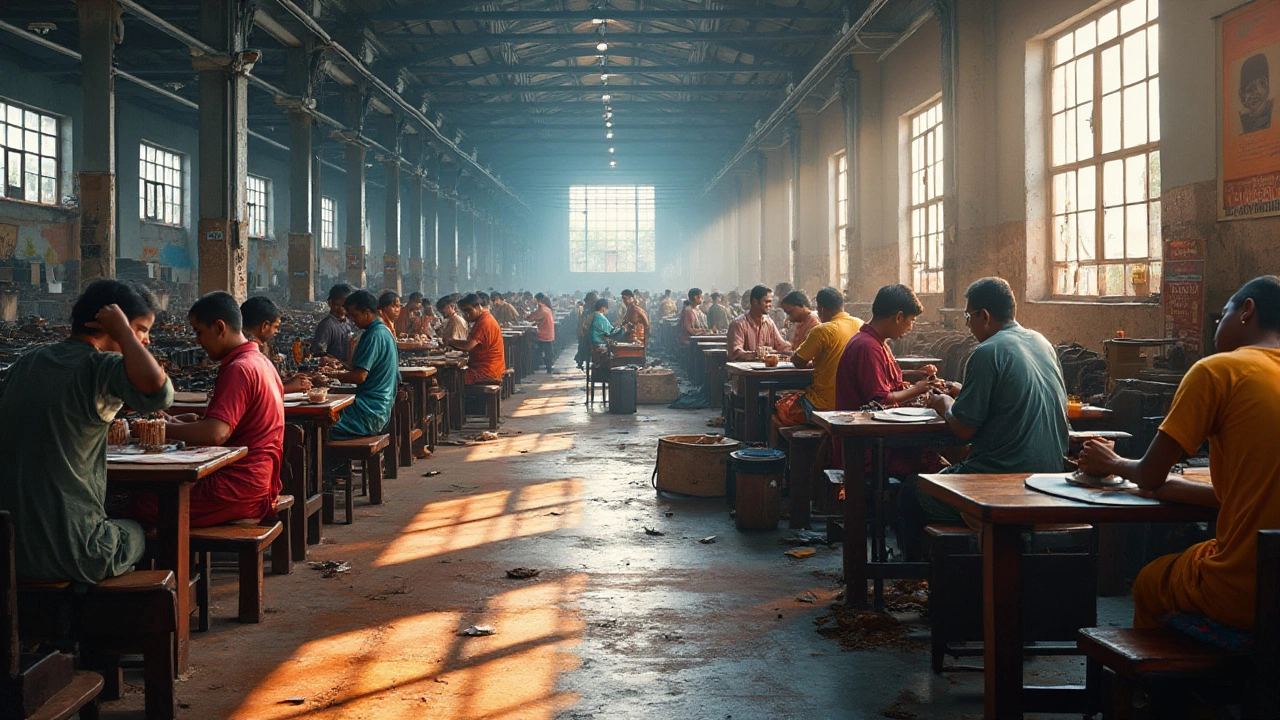Manufacturing Challenges: Real Issues and Practical Solutions
Running a plant isn’t just about machines and raw material. Every day you’ll hit a snag – a delayed shipment, a tricky regulation, or a sudden dip in product quality. Recognising these pain points early saves time, money, and headaches.
Common Roadblocks in Modern Production
First up, supply‑chain volatility. When a key component comes from overseas and a port shuts down, the whole line stalls. Companies that rely on a single supplier feel the shock the hardest. Next, the skilled‑labour shortage. Factories need technicians who understand both old‑school mechanics and new digital controls, and those people are in high demand.
Quality control is another hot spot. A tiny defect in a batch of chemical products can mean a costly recall and damage to brand trust. Add to that ever‑tightening environmental and safety regulations – missing a deadline can halt production for weeks.
Technology adoption also brings its own set of challenges. Integrating IoT sensors or AI‑driven analytics sounds great, but the learning curve and upfront cost often stall projects. Finally, rising energy costs bite into margins, especially for energy‑intensive sectors like steel or large‑scale lift manufacturing.
How to Overcome These Hurdles
Start by diversifying your supplier base. Even a secondary source in a different region can keep the line moving when the primary route faces trouble. Keep an eye on lead‑time trends and build safety stock for critical items.
Invest in training programs that blend hands‑on skills with digital literacy. Partner with local technical schools or offer apprenticeship incentives – this not only fills the talent gap but also creates a loyal workforce.
Implement a robust quality‑management system. Use simple statistical tools like control charts to spot variations early. When a problem pops up, a quick root‑cause analysis prevents the issue from spreading to the next batch.
Stay ahead of regulations by assigning a compliance officer who tracks new rules and prepares the plant in advance. Small, regular audits are cheaper than a big, surprise inspection.
When rolling out new tech, start with a pilot on one production line. Measure the impact, tweak the process, then scale up. This lean approach reduces risk and keeps costs in check.
Lastly, monitor energy usage in real time. Simple measures like optimizing machine run‑times or switching to off‑peak electricity can shave off a noticeable slice of the bill.
Manufacturing isn’t immune to challenges, but each obstacle comes with a clear path forward. By diversifying suppliers, upskilling staff, tightening quality checks, staying compliant, testing technology carefully, and managing energy use, you turn problems into opportunities for growth.
